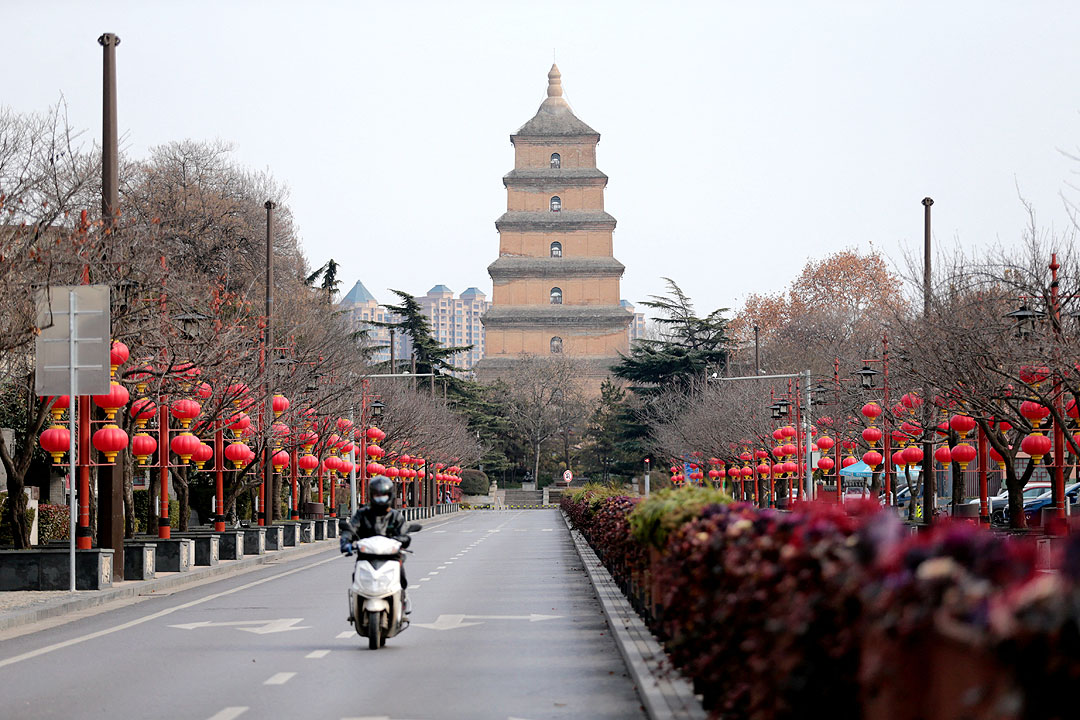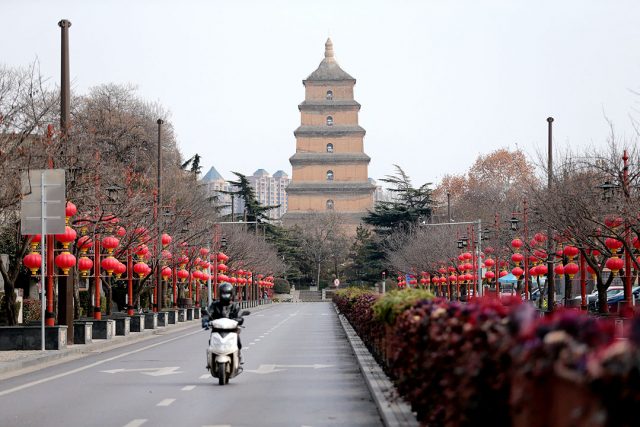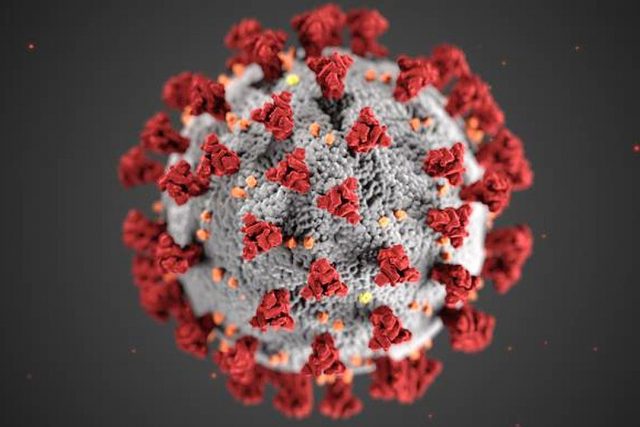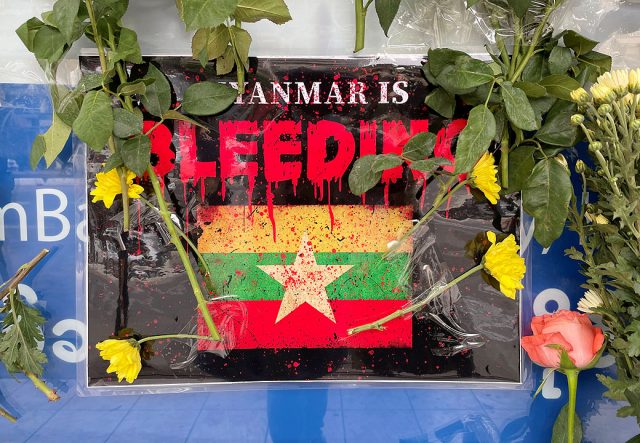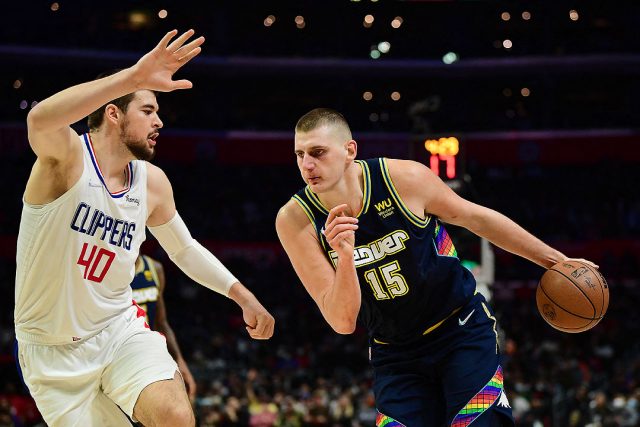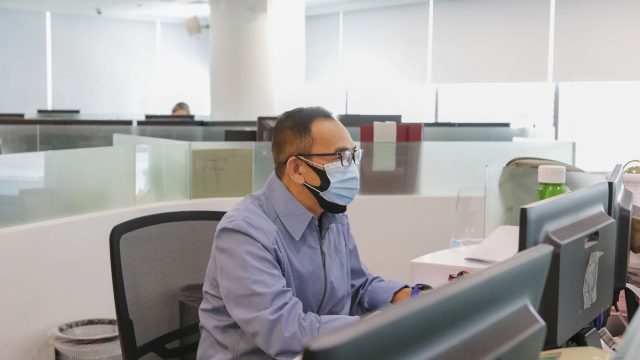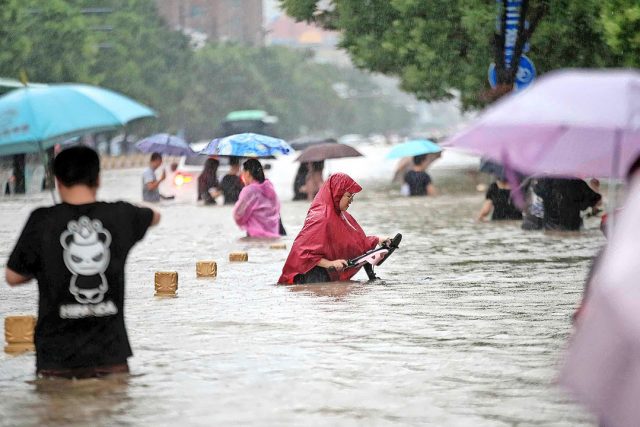THE CORONAVIRUS that causes COVID-19 can spread within days from the airways to the heart, brain and almost every organ system in the body, where it may persist for months, a study found.
In what they describe as the most comprehensive analysis to date of the SARS-CoV-2 virus’s distribution and persistence in the body and brain, scientists at the US National Institutes of Health said they found the pathogen is capable of replicating in human cells well beyond the respiratory tract.
The results, released online Saturday in a manuscript under review for publication in the journal Nature, point to delayed viral clearance as a potential contributor to the persistent symptoms wracking so-called long COVID sufferers. Understanding the mechanisms by which the virus persists, along with the body’s response to any viral reservoir, promises to help improve care for those afflicted, the authors said.
“This is remarkably important work,” said Ziyad Al-Aly, director of the clinical epidemiology center at the Veterans Affairs St. Louis Health Care System in Missouri, who has led separate studies into the long-term effects of Covid-19. “For a long time now, we have been scratching our heads and asking why long Covid seems to affect so many organ systems. This paper sheds some light, and may help explain why long Covid can occur even in people who had mild or asymptomatic acute disease.”
The findings and the techniques haven’t yet been reviewed by independent scientists, and mostly relate to data gathered from fatal Covid cases, not patients with long COVID or “post-acute sequelae of SARS-CoV-2,” as it’s also called.
CONTENTIOUS FINDINGS
The coronavirus’s propensity to infect cells outside the airways and lungs is contested, with numerous studies providing evidence for and against the possibility.
The research undertaken at the NIH in Bethesda, Maryland, is based on extensive sampling and analysis of tissues taken during autopsies on 44 patients who died after contracting the coronavirus during the first year of the pandemic in the US.
The burden of infection outside the respiratory tract and the time taken to clear the from virus from infected tissues aren’t well characterized, particularly in the brain, wrote Daniel Chertow, who runs the NIH’s emerging pathogens section, and his colleagues.
The group detected persistent SARS-CoV-2 RNA in multiple parts of the body, including regions throughout the brain, for as long as 230 days following symptom onset. This may represent infection with defective virus particles, which has been described in persistent infection with the measles virus, they said.
“We don’t fully understand long Covid, but these changes could explain ongoing symptoms,” said Raina MacIntyre, professor of global biosecurity at the University of New South Wales in Sydney. Ms. MacIntyre wasn’t involved with the research, which she said “provides a warning about being blasé about mass infection in children and adults.”
“We don’t yet know what burden of chronic illness will result in years to come,” she said. “Will we see young-onset cardiac failure in survivors, or early onset dementia? These are unanswered questions which call for a precautionary public health approach to mitigation of the spread of this virus.”
In contrast to other COVID autopsy research, the NIH team’s post-mortem tissue collection was more comprehensive and typically occurred within about a day of the patient’s death.
The researchers also used a variety of tissue preservation techniques to detect and quantify viral levels, as well as grow the virus collected from multiple tissues, including lung, heart, small intestine and adrenal gland from deceased Covid patients during their first week of illness.
“Our results collectively show that while the highest burden of SARS-CoV-2 is in the airways and lung, the virus can disseminate early during infection and infect cells throughout the entire body, including widely throughout the brain,” the authors said.
The study provides pathologic data that support findings of previous research showing, for example, that SARS-CoV-2 directly kills heart muscle cells, and that those who survive an infection suffer cognitive deficits, said Ms. MacIntyre at the University of New South Wales.
‘VIREMIC’ PHASE
The N.I.H. researchers posit that infection of the pulmonary system may result in an early “viremic” phase, in which the virus is present in the bloodstream and is seeded throughout the body, including across the blood-brain barrier, even in patients experiencing mild or no symptoms. One patient in the autopsy study was a juvenile who likely died from unrelated seizure complications, suggesting infected children without severe COVID-19 can also experience systemic infection, they said.
The less-efficient viral clearance in tissues outside the pulmonary system may be related to a weak immune response outside the respiratory tract, the authors said.
SARS-CoV-2 RNA was detected in the brains of all six autopsy patients who died more than a month after developing symptoms, and across most locations evaluated in the brain in five, including one patient who died 230 days after symptom onset.
The focus on multiple brain areas is especially helpful, said Al-Aly at the Veterans Affairs St. Louis Health Care System.
“It can help us understand the neurocognitive decline or ‘brain fog’ and other neuropsychiatric manifestations of long Covid,” he said. “We need to start thinking of SARS-CoV-2 as a systemic virus that may clear in some people, but in others may persist for weeks or months and produce long Covid — a multifaceted systemic disorder.” — Bloomberg
